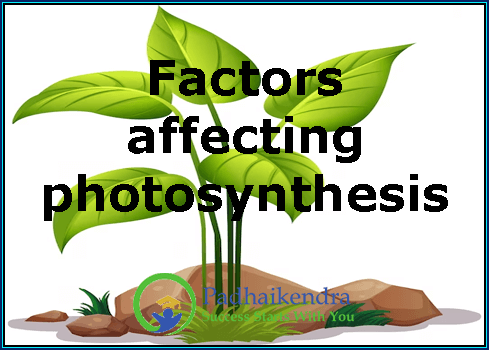Photosynthesis is affected by various internal and external factors. Some of the significant factors that affect the rate of photosynthesis are:
- Light intensity: The intensity of light is a crucial factor that affects the rate of photosynthesis. With an increase in light intensity, the rate of photosynthesis increases, but only up to a certain point beyond which it becomes constant.
- Carbon dioxide concentration: Carbon dioxide is an essential reactant in the process of photosynthesis. An increase in carbon dioxide concentration leads to an increase in the rate of photosynthesis.
- Temperature: Photosynthesis is an enzymatic process, and enzymes work within specific temperature ranges. The rate of photosynthesis increases with an increase in temperature up to a certain point beyond which it starts decreasing.
- Water: Water is required for the proper functioning of chloroplasts and to maintain turgidity in plant cells. The rate of photosynthesis decreases in plants that lack adequate water supply.
- Leaf anatomy: Leaf anatomy also plays a role in photosynthesis as the structure of the leaf affects the absorption of light and diffusion of gases.
- Nutrient availability: Essential nutrients such as nitrogen, phosphorus, and potassium are necessary for plant growth and photosynthesis. A lack of nutrients can affect the rate of photosynthesis.
- Pollution: Air pollutants such as sulfur dioxide, nitrogen oxides, and ozone can interfere with the process of photosynthesis, leading to a decrease in the rate of photosynthesis.
- Stress: Environmental stresses such as drought, high salinity, and extreme temperatures can also affect the rate of photosynthesis.





